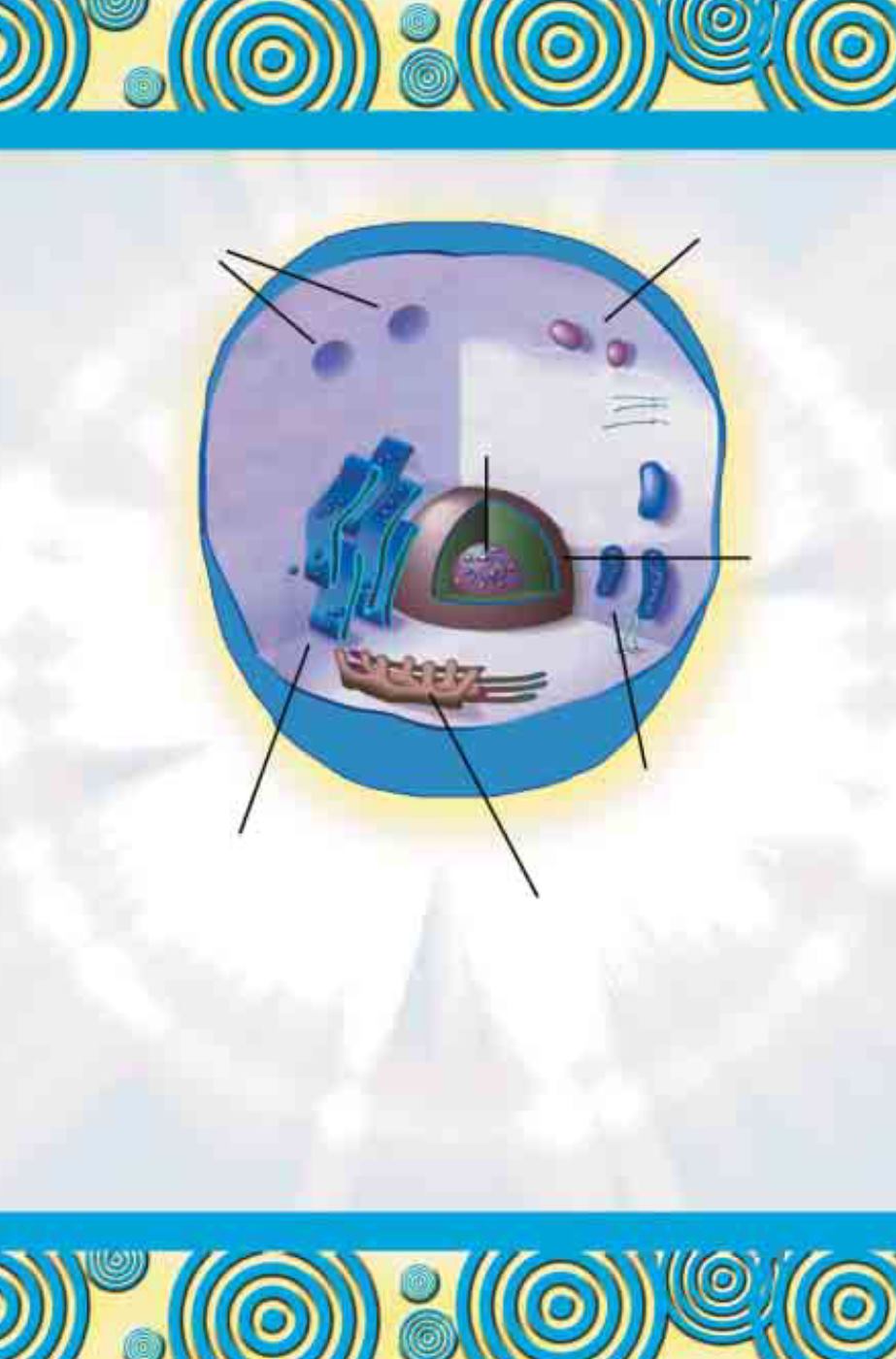
22
Let us give an example to help you better understand how miraculous and
complex the structure of a cell is: A cell can be compared to a city with all
types of processing systems in it. In this city there are plants for generating
power, factories for manufacturing needed materials, warehouses for storing
these products, pipelines for transporting the materials as well as laboratories
and refineries. It is thanks to the flawless functioning of these systems in our
cells that we continue to live.
But remember that the size of a cell, contrary to a modern city, is not many
square kilometers, but only a hundredth of a millimeter.
These storage
vessels ferry sup-
plies of nutrients.
Nucleolus: This or-
ganelle produces and
stores ribosomes.
Lysosomes: The
cell's digestive or-
gans destroy wastes
and dangerous sub-
stances.
The parts of a cell
are called or-
ganelles. Each
organelle has a
different job.
Nucleus:
The cell's
"brain"
holds the
genes and
directs cell
activities.
Mitochondria: These pow-
erhouses produce energy
to fuel cell activities.
Golgi bodies: These long
sacs prepare cell products for
export.
Ribosomes: These factories
make proteins for the cell's
use.


